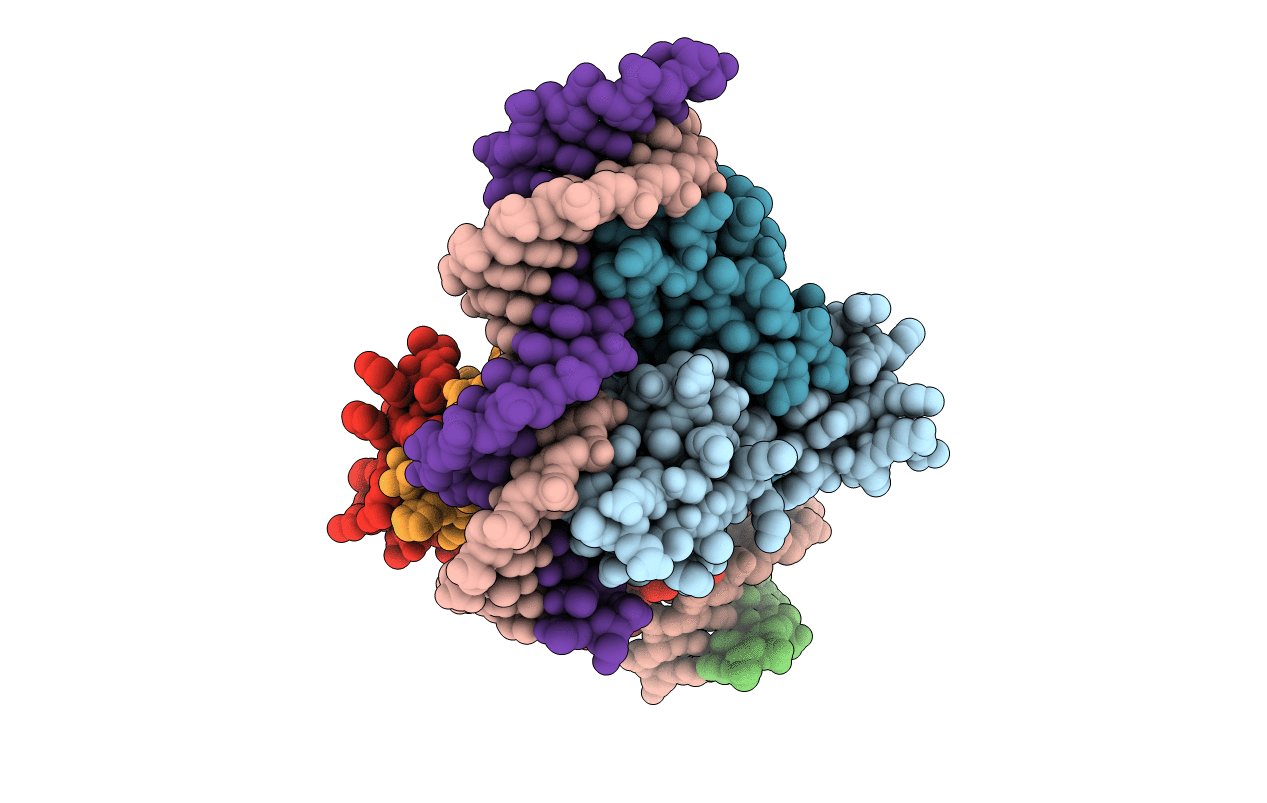
Deposition Date
2013-03-20
Release Date
2014-04-02
Last Version Date
2023-09-20
Entry Detail
PDB ID:
4JQD
Keywords:
Title:
Crystal structure of the Restriction-Modification Controller Protein C.Csp231I OL operator complex
Biological Source:
Source Organism:
Citrobacter sp. RFL231 (Taxon ID: 315237)
Host Organism:
Method Details:
Experimental Method:
Resolution:
2.75 Å
R-Value Free:
0.23
R-Value Work:
0.20
R-Value Observed:
0.20
Space Group:
C 1 2 1


